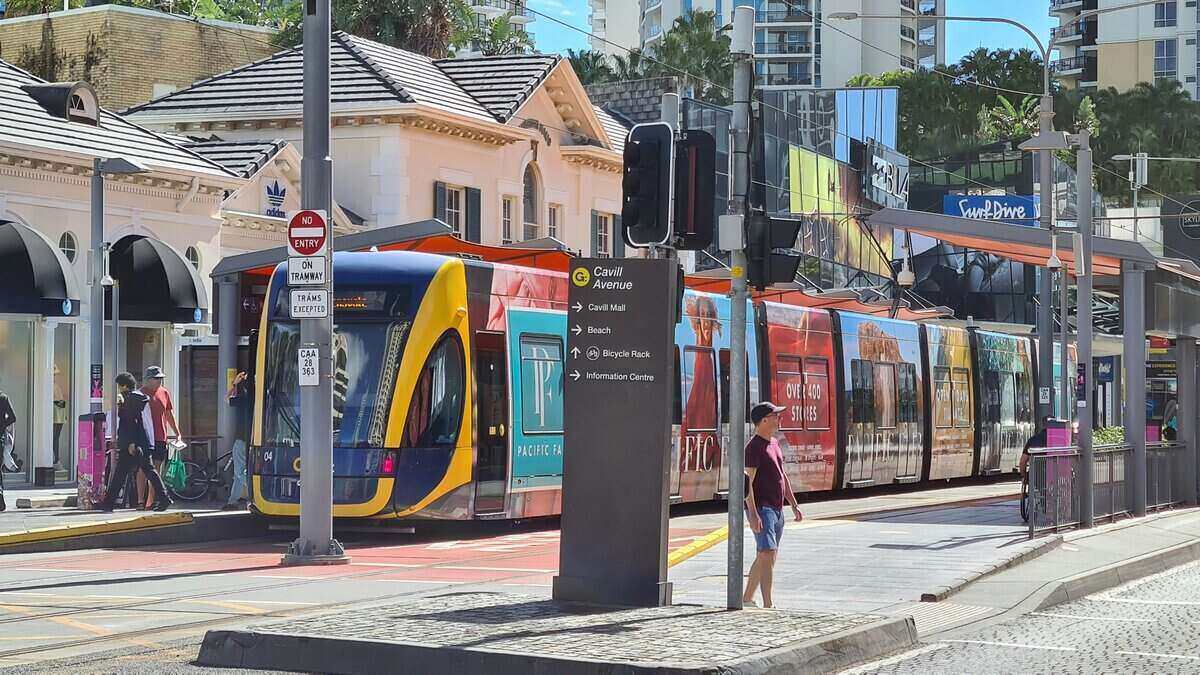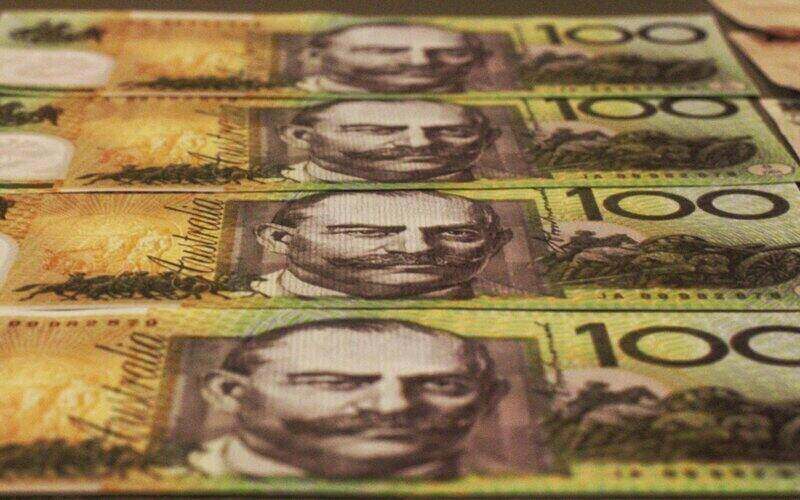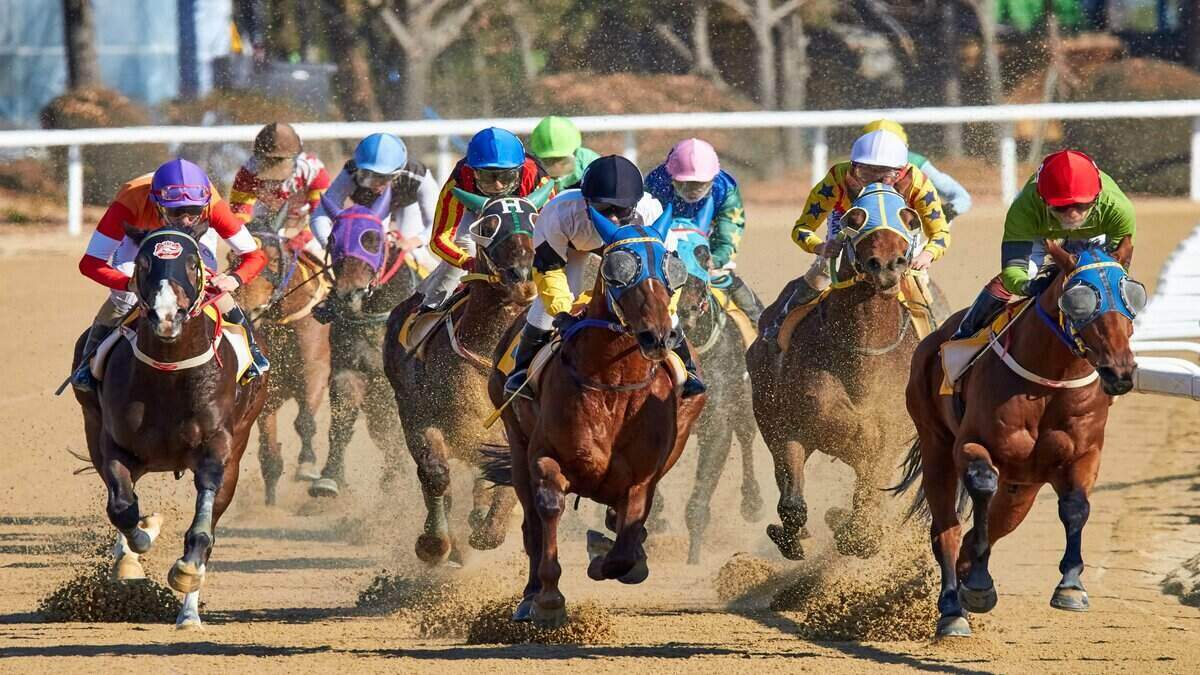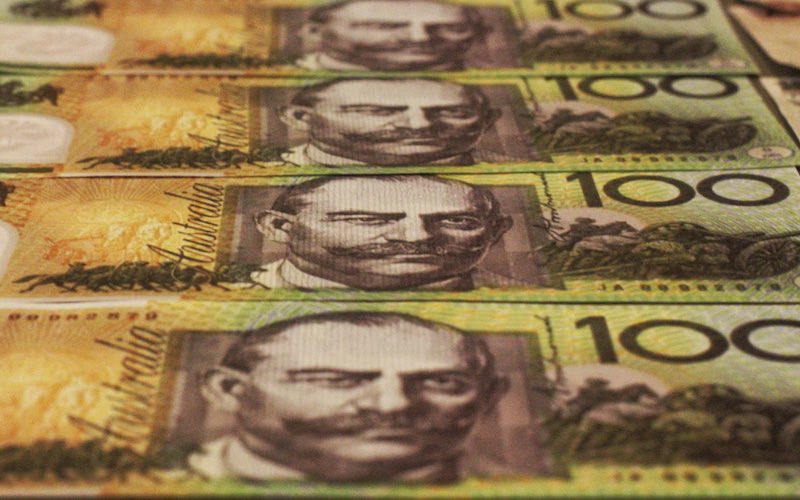By most recent census estimates, there are nearly as many cars in Australia as there are people. Australia clearly is a nation of motoring enthusiasts, but exactly how many cars do we buy each year? What's the nation's favourite brand and model and how much do Aussies spend on vehicles? We've got the answers to these questions and more.
The Federal Chamber of Automotive Industries (FCAI) regularly publishes detailed statistics on the state of the Australian car industry, while the ABS publishes data on the popularity of car loans and financing.
How Many New Cars do Australians Buy?
In February 2025, there were 94,993 new vehicle sales, down 9.6% from the same time last year. Over the calendar year of 2024, there were 1,220,607 total new cars sold, slightly more than in 2023.
A large proportion of these cars in any given month can be government or fleet vehicles.
What are the Most Popular Cars in Australia?
Here's the detailed breakdown on those 1.2 million sales in 2024.
Car sales by vehicle type
|
Vehicle class |
2024 sales |
Overall % |
|---|---|---|
|
Passenger |
203,384 |
17% |
|
SUV |
695,566 |
57% |
|
Light Commercial (Utes, vans) |
270,351 |
22% |
|
Heavy Commercial |
51,306 |
4% |
Electric vehicle uptake
The last few years have seen a surge both in the uptake of electric vehicles in Australia and the available options. According to the FCAI, there are now 88 different EV models on the market.
However, recent data suggests the extra supply of EVs is so far not being matched by demand. In February 2025, 5.9% of total vehicle sales were for electric vehicles. That's still a major jump from a few years ago, but down substantially from February 2024 when EVs made up 9.6% of total sales.
FCAI CEO Tony Weber says given the Government will soon be introducing New Vehicle Efficiency Standards (NVES), these numbers are cause for alarm.
"Our grave concern [on NVES] has always been the rate of EV adoption and what assumptions the Government has made in its modelling around consumer demand for EVs in the NVES," Mr Weber said.
Most popular car manufacturers in Australia
In the calendar year 2024 these were the most popular car manufacturers in Australia:
|
Brand |
2024 sales |
Overall % |
|---|---|---|
|
Toyota |
241,296 |
19.8% |
|
Ford |
100,170 |
8.2% |
|
Mazda |
95,987 |
7.9% |
|
Kia |
81,787 |
6.7% |
|
Mitsubishi |
74,547 |
6.1% |
|
Hyundai |
71,664 |
5.9% |
|
MG |
50,592 |
4.1% |
|
Isuzu Ute |
48,172 |
3.9% |
|
Nissan |
45,284 |
3.7% |
|
GWM |
42,782 |
3.5% |
Toyota took top spot for the 22nd year in a row with a record breaking 241,000 sales, breaking its own record of just under 239,000 in 2008. Nearly one in five new cars sold in Australia are Toyotas.
Most popular vehicle models in Australia
And the most popular models:
|
Brand |
Model |
2024 sales |
|---|---|---|
|
Ford |
Ranger |
62,593 |
|
Toyota |
RAV4 |
58,718 |
|
Toyota |
Hilux |
53,499 |
|
Isuzu |
D-Max |
30,194 |
|
Mitsubishi |
Outlander |
27,613 |
As you might expect given Australia's demonstrable preference for larger vehicles and a perceived love for the great outdoors, all of the top five models sold last year are Utes and 4x4s.
Car Loan Statistics
The ABS has estimated the value of new car loans written each quarter. You can see in the below chart that although there are notable drops that coincide with the GFC and Covid, the general trend is upwards. In September 2002, about $2.3 billion worth of car loans were written. In December 2024, that number was nearly at $4.7 billion.
Average Car Loan Rates
Both unsecured and secured car loan rates tend to fluctuate with market factors like the RBA cash rate. Unsecured rates tend to be slightly higher, as lenders price in the additional risk of not having the vehicle itself as security - unsecured car loans are effectively personal loans.
These rates can vary considerably, since generally lenders offer a scale of rates based on the borrower's credit history. According to RBA data, the average rate on new personal loans funded in January 2025 was 10.14% p.a.
Secured loans tend to have slightly lower rates. The RBA doesn't collect data on secured car loan rates, but over the past couple of years rates have typically ranged from around 6% to above 10%.
Here's some of the top rates available at the moment on our database:
| Lender | Car Loan | Interest Rate | Comparison Rate* | Monthly Repayment | Interest Type | Vehicle Type | Maximum Vehicle Age | Ongoing Fee | Upfront Fee | Total Repayment | Early Repayment | Instant Approval | Online Application | Tags | Row Tags | Features | Link | Compare | Promoted Product | Disclosure |
|---|---|---|---|---|---|---|---|---|---|---|---|---|---|---|---|---|---|---|---|---|
5.99% p.a. | 7.12% p.a. | $580 | Variable | New | No Max | $8 | $400 | $34,791 |
| Promoted | Disclosure | |||||||||
6.52% p.a. | 6.95% p.a. | $587 | Fixed | New, Used | No Max | $0 | $350 | $35,236 |
| Promoted | Disclosure | |||||||||
6.57% p.a. | 7.19% p.a. | $588 | Fixed | New | No Max | $0 | $250 | $35,278 |
| Promoted | Disclosure |
Average Car Prices in Australia
As you're probably aware, the most expensive vehicles are several orders of magnitude more expensive than the low end of the second hand market, so an 'average price' really doesn't tell you that much in the abstract. However, 'transport' is one of the spending categories tracked by the ABS in the CPI inflation figures. It's not perfect, but it's still an approximation of how car prices have increased over time.
You can see that vehicles in 2024 were more than 10-times as expensive as they were in 1972, not adjusted for inflation.
Car Running Costs in Australia
The Australian Automobile Association (AAA) is considered the definitive source for estimating car running costs. Since the start of 2016 the AAA has tracked the average cost of running a car, including registration and licensing, fuel, tolls, insurance, servicing and tyres, roadside assist and car loan payments.
|
Year end |
Weekly average transport cost |
Annual average transport cost |
Average % of income |
|---|---|---|---|
|
2016 |
$329.75 |
$17,147 |
13.6% |
|
2017 |
$306.28 |
$15,927 |
13.5% |
|
2018 |
$318.51 |
$16,563 |
13.8% |
|
2019 |
$325.23 |
$16,912 |
13.9% |
|
2020 |
$309.92 |
$16,116 |
12.6% |
|
2021 |
$380.10 |
$19,765 |
15.4% |
|
2022 |
$384.86 |
$20,013 |
15.1% |
|
2023 |
$435.52 |
$22,647 |
16.5% |
|
2024 |
$445.72 |
$23,177 |
16.1% |
You can see a modest dip in 2020 when the pandemic locked us all in doors, freed up roads, and ended the work commute for many in one fell swoop.
Cost of running a car in 2025
Running costs vary dramatically depending on where you are. AAA breaks down the average annual cost to run a vehicle for each location - here are the numbers for the capital cities as of the last three months of 2024, per household:
|
Cost of running a car in… |
Fuel |
Registration/CTP/Licensing |
Insurance |
Servicing/Tyres |
Roadside Assist |
|---|---|---|---|---|---|
|
Greater Sydney |
$4,878 |
$2,015 |
$3,706 |
$1,929 |
$134 |
|
Greater Melbourne |
$4,766 |
$1,859 |
$3,569 |
$1,957 |
$134 |
|
Greater Brisbane |
$4,916 |
$1,496 |
$2,537 |
$1,619 |
$121 |
|
Greater Adelaide |
$4,645 |
$1,424 |
$2,583 |
$1,596 |
$123 |
|
Greater Perth |
$4,553 |
$1,960 |
$2,443 |
$1,960 |
$122 |
|
Greater Hobart |
$4,714 |
$1,294 |
$2,202 |
$1,818 |
$139 |
|
Greater Canberra |
$4,823 |
$2,240 |
$2,480 |
$2,463 |
$134 |
|
Greater Darwin |
$4,514 |
$1,722 |
$2,779 |
$1,905 |
$115 |
And for major regional centres:
|
Cost of running a car in… |
Fuel |
Registration/CTP/Licensing |
Insurance |
Servicing/Tyres |
Roadside Assist |
|---|---|---|---|---|---|
|
Wagga Wagga |
$3,143 |
$1,761 |
$2,320 |
$1,811 |
$134 |
|
Geelong |
$5,622 |
$1,743 |
$2,460 |
$1,875 |
$134 |
|
Townsville |
$3,655 |
$1,496 |
$2,393 |
$1,650 |
$121 |
|
Mount Gambier |
$5,133 |
$1,202 |
$2,229 |
$1,602 |
$123 |
|
Bunbury |
$5,594 |
$1,960 |
$2,290 |
$2,113 |
$122 |
|
Launceston |
$5,324 |
$1,294 |
$2,098 |
$1,475 |
$139 |
|
Alice Springs |
$5,397 |
$1,722 |
$3,118 |
$2,099 |
$115 |
Fuel costs are a huge hit on the household budget, and only seems to be going up, not helped by the indexation of the fuel tax where it's now above 50c per litre of fuel.
First published on August 2022
Image by Fluid Imagery on Unsplash


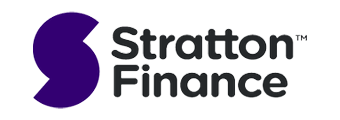


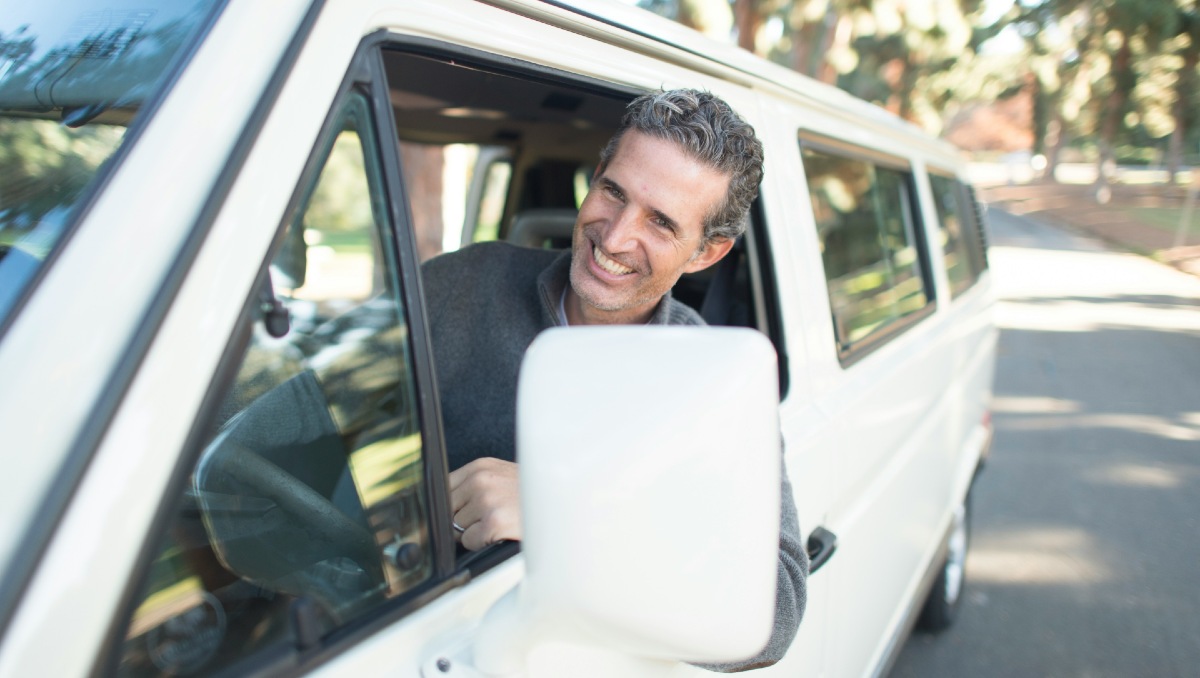
 Denise Raward
Denise Raward
 Harry O'Sullivan
Harry O'Sullivan